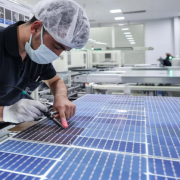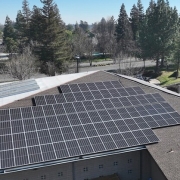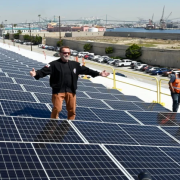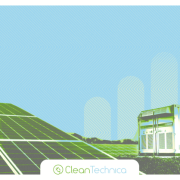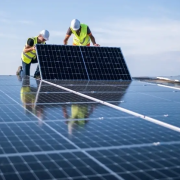California’s Democratic supermajority wants to follow up its most ambitious year of environmental legislation by passing new clean energy incentives and measures that would accelerate greenhouse gas reductions and require billion-dollar businesses to disclose their emissions.
On the cusp of becoming the world’s fourth-largest economy, California could influence global climate policy if it passes this new suite of legislation and other states and countries follow suit, the bills’ authors argued earlier this month. They spoke at a gathering of hundreds of environmental activists, clean energy industry officials and other leaders in Sacramento for the California Climate Policy Summit.
“We need to address the urgency of climate change,” said Democratic Assemblymember Rick Chavez Zbur. “We need to do it to protect our kids, for our planet.”
Click here to read the full article
Source: PHYS.ORG
—
If you have any questions or thoughts about the topic, feel free to contact us here or leave a comment below.



